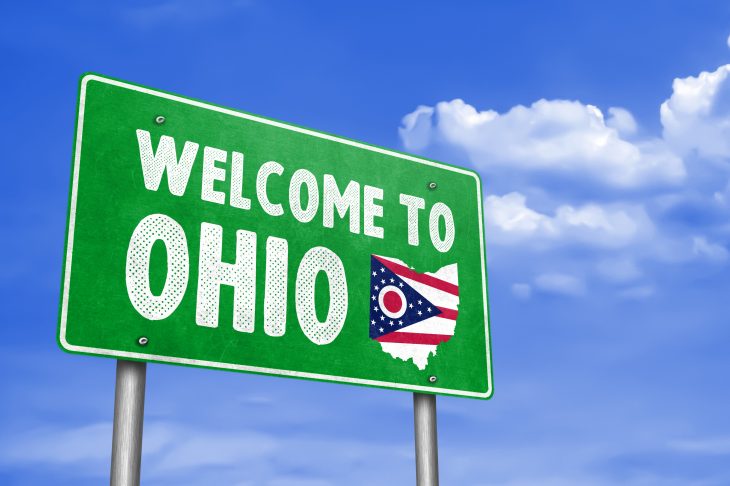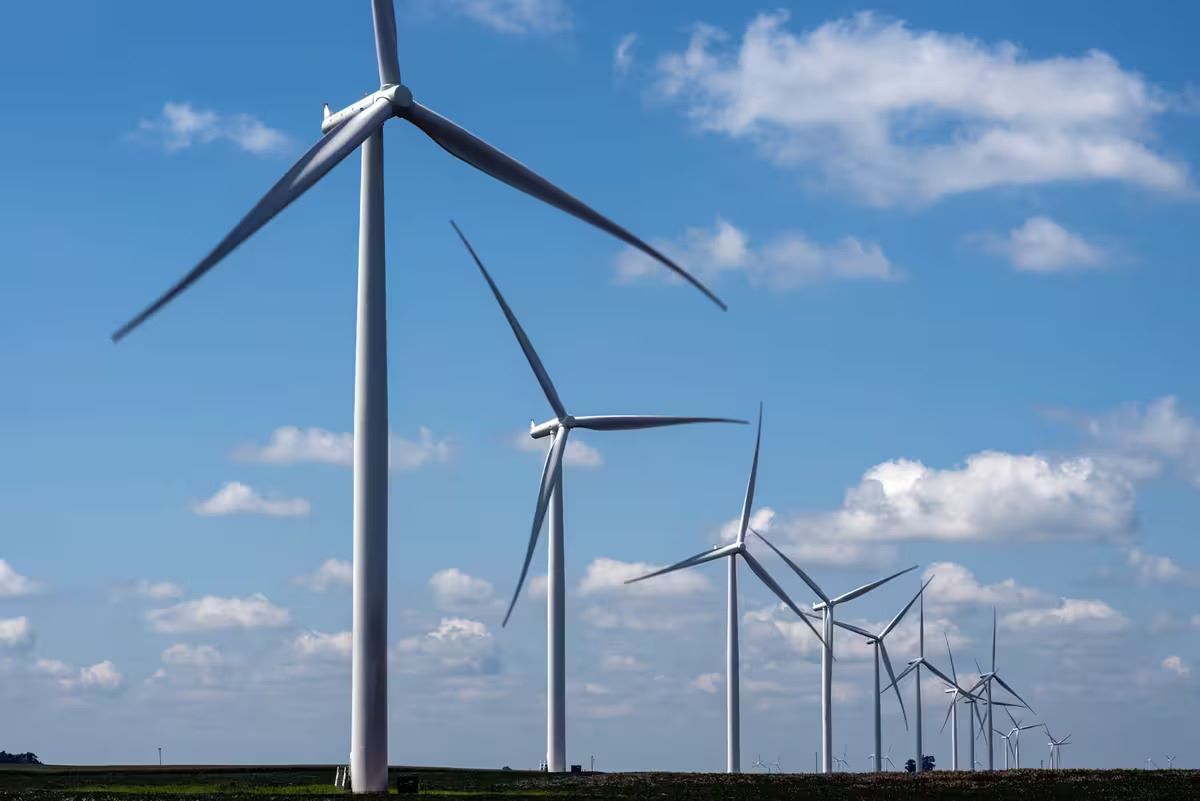
Ohio is one of the most important states in the USA. It’s a center of industry and many great names in American history and even pop culture call Ohio home. Learn more with these 70 Ohio facts.
Quick Facts
Essential Facts
Interesting Facts
- Ohio covers an estimated total area of 116,000 km².
- Water makes up an estimated 10,000 km² or 9% of the state’s area.
- An estimated 11.8 million people live in the state today.
- Ohio has an estimated population density of 109 people for every km².
- At its lowest point on the Ohio River, Ohio has an estimated elevation of 139 meters above sea level.
- Native Americans lived in what would become Ohio in 13,000 BC.
- The French founded the first European settlements in the region during the 18th century.
- Britain gained control of the region after the Seven Years War.
- The USA gained Ohio as part of the Treaty of Paris of 1783 that ended the American War of Independence.
- Ohio became the 17th State to join the Union in 1803, under US President Thomas Jefferson.
- Industry steadily grew across Ohio over the 19th century.
- In 1830, US President Andrew Jackson expelled the Native Americans in Ohio.
- The state stayed loyal to the Union during the American Civil War.
- Ohio remained an industrial powerhouse throughout the 20th century.
- In recent years, Ohio has diversified its economy to keep up with the 21st century.
- Columbus City is Ohio’s capital and biggest city.
- The state falls in the USA’s Eastern Time Zone, or GMT-5.
- The people of Ohio sometimes call themselves Buckeyes after the Ohio Buckeye Tree.
- The state has the nickname, “The Buckeye State”.
- Ohio also has the only non-rectangular flag out of all US states.
Table of Contents
Was this page helpful?
Our commitment to delivering trustworthy and engaging content is at the heart of what we do. Each fact on our site is contributed by real users like you, bringing a wealth of diverse insights and information. To ensure the highest standards of accuracy and reliability, our dedicated editors meticulously review each submission. This process guarantees that the facts we share are not only fascinating but also credible. Trust in our commitment to quality and authenticity as you explore and learn with us.


